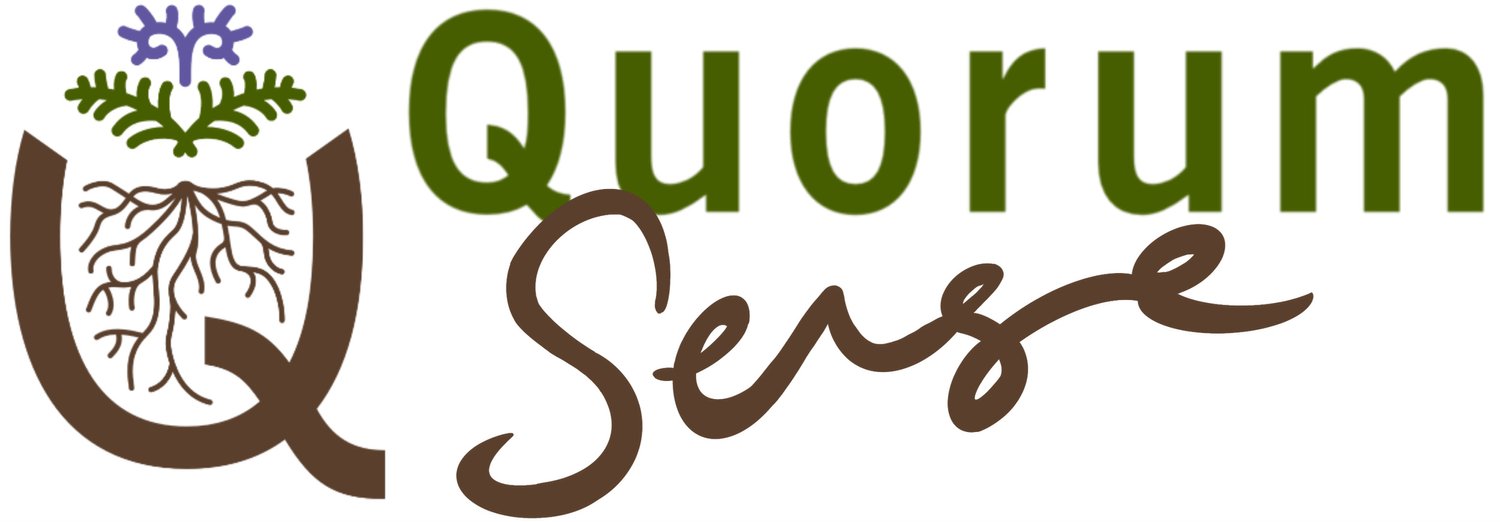Crop management and gross margins
Economics is one of many possible reasons that farmers might look into biological/regenerative farming systems. Below we present and compare crop management inputs and associated gross margins for three common arable crops, using actual data supplied by Canterbury arable farmers David Birkett and Nigel Greenwood, as well as figures of a typical conventional arable system for the same season.
More on regenerative crop management and gross margins
-
While we have done our best to present this information fairly, there are a number of caveats and assumptions to be aware of:
• The data supplied by Nigel and David are actual figures from the 2020/21 season and therefore influenced by that particular season. 3-5 year rolling averages would have reduced seasonal influence but was not possible for this case study.
• The ‘conventional’ data represents a common conventional program. In reality there is a spectrum of different systems and there will be conventional systems that are very different to the examples used. The same is true for ‘regenerative’ systems. This point is not what’s better or worse, but identifying choices and possibilities.
• Different cultivars of wheat, ryegrass and peas are being grown. This will affect crop management, yield, income and therefore gross margin.• Crop performance and management will be influenced by the preceding and following crops. These are shown in the tables however we do not explain the implications (experienced arable farmers will be able to work this out).
• Different farmers make different choices about what they value in their farm systems and economics is not the only driver. Some farmers will sacrifice financial returns in order to farm in a way that better fits their values (i.e. reducing/eliminating some ag chemicals).
• Therefore we suggest that readers apply a reasonable error margin (say 20-30%) to the data and carefully consider the context of these examples if looking to adopt similar systems.
Finally a reminder that the input reductions being achieved by David and Nigel are possible due to years or decades of building soil and ecosystem health. As both farmers describe, they have made steady but gradual change to their farm systems to get where they are.
Comparing crop management
Crop management programs are complex and difficult to communicate in a nutshell. We discovered the following concept in the FAR newsletter issue 107 and thought it was a great way of comparing management programs at a glance.
The Zadocks scale shows the different growth stages of cereal crops. We have overlaid the agri-chemical inputs for our three different examples to illustrate the differences between the management programs at a glance. The images show that David and Nigel have achieved significant agri-chemical reductions through over their long-term transitions to biological/regenerative systems.
The full input data is available below in the gross margin data.
(click the image to expand it to full size)
Comparing gross margins: Summary graphs
Please refer to the caveats and assumptions outlined at the top of this page to ensure the information below is viewed in the correct context.
The graphs and full gross margins below show the relative yields, input costs and gross margins being achieved by standard conventional approaches versus David and Nigel’s approaches. The graphs present data using standardised rates for cultivation, drilling, spreading, spraying and harvest.
Arable growers will know that another growers results cannot be replicated due to variations in soil type, climate, crop rotation etc. However this data highlights what is possible and can be used to identify opportunities for change.
(click on each graph to view full screen)
Comparing gross margins: Full data
Below is the full gross margin data presented from Excel tables. Thanks to Anton Nicholls from Macfarlane Rural Business for providing the conventional figures.
The tables present growers actual gross margin data alongside ‘Standard’ figures using the rates provided by Anton Nicholls and ‘Contract’ figures using estimated contractor rates for the 2020/21 season. Grower can decide which figures are more relevant to their own context to make comparisons with their own systems more relevant.
If you would like a copy of the Excel spreadsheet where you can input your own data for comparison, email sam@quorumsense.org.nz
(click the images to expand them to full size)
Wheat gross margins
Perennial Ryegrass gross margins
Pea gross margins
*If you would like a copy of the excel spreadsheet to benchmark your own system against these example, email sam@quorumsense.org.nz
Related content on: management, finance
Disclaimer: The information, opinions and ideas presented in this content is for information purposes only and does not constitute professional advice. Any reliance on the content provided is done at your own risk. (click here to view full disclaimer).








